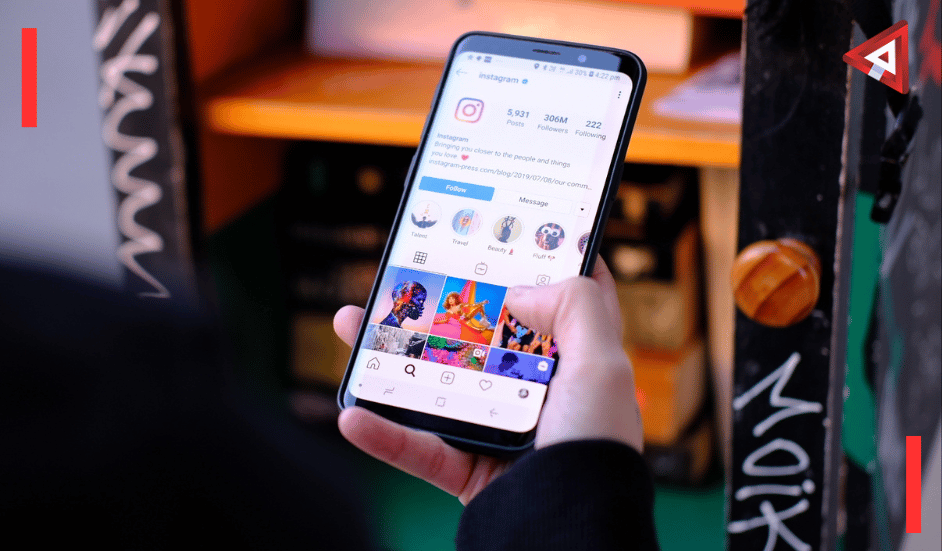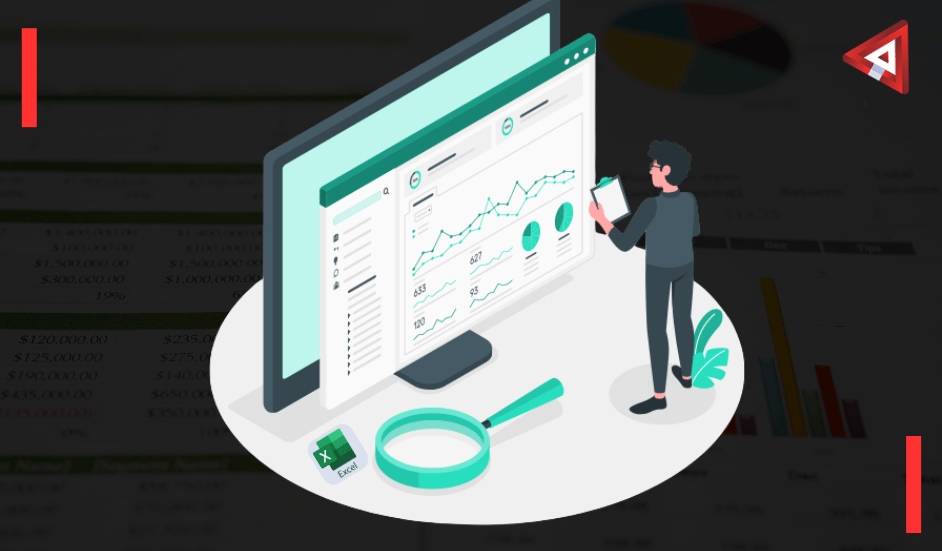The Internet of Things (IoT) has emerged as a transformative force, revolutionizing the way we interact with the world around us. In simple terms, IoT refers to the network of physical objects or “things” embedded with sensors, software, and other technologies, enabling them to connect and exchange data with other devices and systems over the internet. This connectivity extends from everyday household items to sophisticated industrial tools, creating a seamless web of communication between people, processes, and things. This article will aim to provide a more detailed knowledge of what IoT is and the applications it can have in the field of technology.
Importance of IoT
IoT has rapidly become one of the most pivotal technologies of the 21st century, offering unprecedented opportunities for innovation and efficiency. The ability to connect ordinary objects, such as kitchen appliances, cars, thermostats, and even baby monitors, to the Internet has ushered in an era of seamless communication. This connectivity is made possible by a combination of low-cost computing, cloud technology, big data analytics, and mobile advancements.
With over 7 billion connected IoT devices today, experts predict a significant surge to 22 billion by 2025. The growth is attributed to the availability of low-cost, low-power sensor technology, diverse network protocols for efficient data transfer, and the proliferation of cloud computing platforms. These technological advances, coupled with machine learning and analytics, enable physical objects to share and collect data with minimal human intervention, bridging the gap between the physical and digital realms.
Conversational artificial intelligence (AI) has also played a crucial role in enhancing IoT experiences. Advances in neural networks have introduced natural-language processing (NLP) to IoT devices, exemplified by digital personal assistants like Alexa, Cortana, and Siri. These AI companions make IoT devices more accessible, affordable, and practical for home use.
Industrial IoT (IIoT)
Industrial IoT (IIoT) takes the principles of IoT and applies them specifically to industrial settings. Often referred to as the fourth wave of the industrial revolution or Industry 4.0, IIoT involves the integration of IoT technology in instrumentation and control systems, leveraging cloud technologies for enhanced connectivity. Machine-to-machine communication (M2M) has been a precursor to IIoT, but the advent of cloud and allied technologies like analytics and machine learning has elevated automation capabilities.
Common applications of IIoT include smart manufacturing, connected assets with preventive and predictive maintenance, smart power grids, smart cities, connected logistics, and smart digital supply chains. By harnessing the power of IIoT, industries can establish a new layer of automation, paving the way for innovative revenue and business models.
Business Value of IoT
As IoT becomes more prevalent, businesses are capitalizing on the immense value it offers. Deriving data-driven insights from IoT data allows for better business management, increased operational efficiency, and the creation of new business models and revenue streams. The seamless connection between the physical and digital worlds enables quick time-to-value, driving the adoption of IoT across various industries.
IoT Applications
IoT applications encompass a wide range of business-ready, Software-as-a-Service (SaaS) solutions. These intelligent applications leverage machine learning algorithms to analyze massive amounts of connected sensor data, providing real-time insights through dashboards. Industries can enhance existing processes for supply chains, customer service, human resources, and financial services without the need for extensive process redesign.
Some popular ways IoT applications are deployed include creating efficiencies in manufacturing through machine monitoring and product-quality monitoring, improving the tracking of physical assets, monitoring human health and environmental conditions through wearables, driving efficiencies in existing processes, and enabling business process changes. The versatility of IoT allows for a broad spectrum of applications that enhance efficiency, safety, and overall performance.
Industries Benefiting from IoT
Various industries stand to benefit significantly from the adoption of IoT technologies. In manufacturing, production-line monitoring using IoT sensors enables proactive maintenance and ensures equipment operates within required tolerances. The automotive industry can detect equipment failures in vehicles on the road, optimizing performance and informing drivers of potential issues.
Transportation and logistics benefit from IoT applications, allowing for dynamic rerouting of fleets based on real-time sensor data. Retail companies leverage IoT to manage inventory, improve customer experience, and optimize supply chains. In the public sector, IoT applications notify users of utility outages, enhancing the speed of recovery. Healthcare benefits from IoT asset monitoring, allowing for the efficient tracking of medical equipment.
In addition to tracking physical assets, IoT enhances worker safety across industries. Employees in hazardous environments receive notifications of hazardous events, enabling swift responses to accidents. Wearables equipped with IoT sensors monitor human health and environmental conditions, offering benefits in understanding personal health and enabling remote patient monitoring.
Impact of IoT on Connected Cars
One of the most notable examples of IoT transforming an industry is the reinvention of the automobile through connected cars. IoT enables car owners to operate their vehicles remotely, preheating the car or summoning it using a mobile device. The concept of connected cars allows manufacturers and dealers to establish continuous relationships with customers, offering services based on usage fees rather than traditional ownership models.
Connected cars showcase the potential for IoT to continuously upgrade vehicles with new software, a departure from the conventional depreciation of performance and value in traditional ownership models. This shift towards a “transportation-as-a-service” model highlights the disruptive impact of IoT on established industries.
Final Thoughts
In conclusion, the Internet of Things has evolved into a powerful force reshaping the way we interact with our surroundings. Its influence extends across industries, from manufacturing and automotive to healthcare and retail. The seamless connectivity facilitated by IoT has paved the way for enhanced efficiency, safety, and business innovation. The growth of IoT is driven by advancements in sensor technology, connectivity protocols, cloud computing platforms, and the integration of machine learning and analytics. As we move forward, the continuous evolution of IoT is poised to create new opportunities, business models, and ways of experiencing the world. Embracing the potential of IoT is not just a technological advancement; it’s a paradigm shift that is transforming the way we live, work, and connect with the digital and physical realms.
Regardless of the size of the business you represent, If you’re considering hiring experts to unlock the full commercial potential of IoT, VoxtenD is here to help. Our suite of tech services covers all aspects of IoT development and beyond, ensuring that your business gets the help it needs, no matter the size or needs of your business. With round-the-clock availability, VoxtenD is your partner in achieving business success. Contact us today to explore how our services can benefit your business.





